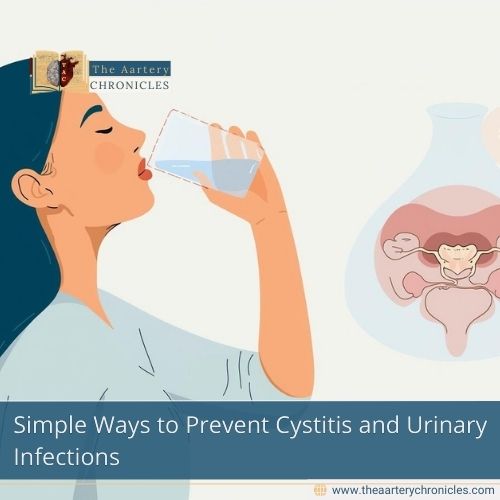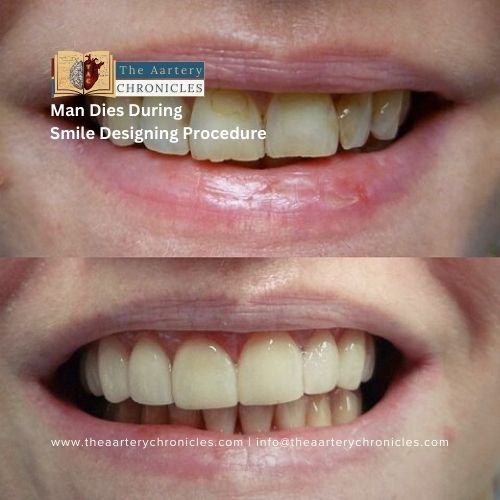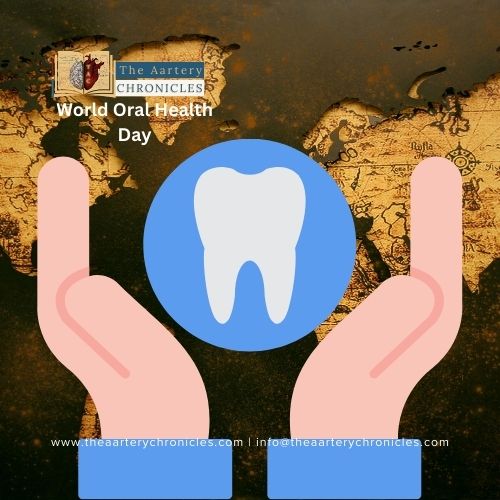

Fluoride's Role in Oral Health: Benefits, Risks, and Dental Fluorosis
Fluoride, a natural mineral present in water and foods, holds a pivotal role in oral health, particularly in preventing tooth decay. With varying concentrations in water sources, dentists harness its properties to strengthen enamel and counter cavities. This article delves into fluoride’s advantages, its application in dental care products, potential oral health risks, and an overview of treatments. We also address dental fluorosis, its origins, manifestations, and available remedies.
On an average 0.8-1.0 mg/L or 1.2mg/L fluoride is present in water. The maximum concentration of fluoride in water is believed to be 1.5mg/L. In cold and hot regions, it is 2mg/L and 0.8mg/L respectively. Whereas in areas with moderate temperature, fluoride concentration is 1.0-1.2mg/L. Fluoride is used by dentists to strengthen the teeth which reduces the risk of cavities. The enamel of the teeth gains and loses minerals daily. The enamel on the teeth is a complex and protective substance and has a high mineral content.
Demineralization occurs when the mineral content on the teeth begins to wear away. This is known to be the first sign of tooth decay and can be caused due to several factors.
Remineralization is a process for enriching teeth with minerals to prevent tooth decay, it is now controlled and treated with a more advanced and conservative approach that aims to prevent, reverse, and repair damage to tooth minerals.
Tooth decay is caused as a result of excess demineralization without enough remineralization. Dental fluoride helps reverse early decay and prevent it altogether by making the enamel more resistant to acid attacks.
Benefits of fluoride in dental products:
- Imparts resistance to acid influence: Fluoride helps strengthen tooth enamel and makes it more resistant to the acidic environment created by bacteria and sugars in the mouth.
- Slows Demineralization: Fluoride, especially when combined with calcium, can slow down the process of demineralization
- Fluoride inhibits the metabolism of microbes and disrupts microbial composition by reducing their ability to produce acids that can lead to tooth decay.
- Bactericidal Action: High concentrations of fluoride, such as those found in gels used in professional dental treatments, can have a bactericidal (bacteria-killing) effect on harmful microbes.
- Reduces Dental Deposits: Fluoride can help reduce the buildup of dental deposits like plaque and tartar on the teeth
- Fluoride decreases the activity of saliva enzymes that convert sugar to acid.
- Fluoride increases salivation, which promotes remineralization.
Types of fluoride
The amount of fluoride in toothpaste for adults is 1500ppmF (parts per million). Whereas for children it is <600ppmF. Children typically start using toothpaste at the age of 2.
Fluoride gels are 80-100 times more mineralized and regulate the mouth pH.
Indications:
- Early child’s caries
- Local demineralisation of enamel
- pregnant women
- Root caries prophylaxis
- Hypersensitivity after tooth whitening
Fluoride varnishes: A highly concentrated form of fluoride used in dental treatments and is applied directly on teeth to stop, prevent, or slow down decay. The varnish stays on the enamel spot for a few hours and in molar fissures for a few days after painting them directly on the teeth. It is suitable for children from 6-14 years old.
Fluoride foam: It is dispensed into a custom tray and then placed over the teeth.

Fluoride toxicity
Fluoride can prove to be toxic if ingested in excessive quantities. The optimum intake of fluoride is 0.05-0.07mg/kg of body mass.
High fluoride intoxication of around 5 mg/kg body weight of fluoride can lead to toxic symptoms or even death. Such situations may require immediate hospitalization. Doses between 7 and 16 mg/kg are known to be lethal. Deaths in infants have been reported for fluoride intoxication of up to 250 mg. Typically, it is challenging to reach dangerous fluoride levels due to the low levels of fluoride in over-the-counter products.
Symptoms of fluoride toxicity:
- Abdominal pain
- Headache
- Weakness
- Diarrhoea
- Nausea
- Tremors
- Shallow breathing
These are some tips that can help supervise a child’s use of fluoride:
- Avoid flavoured toothpaste as children are more likely to swallow flavoured toothpaste.
- Use only a pea-sized amount of fluoridated toothpaste on the child’s toothbrush.
- Be cautious about using fluoridated toothpaste in children under age 6 as they are more likely to swallow toothpaste instead of spitting it out.

Dental Fluorosis:
Dental Fluorosis is a dental condition that arises from excessive fluoride exposure during tooth development, leading to distinctive visual and structural changes in tooth enamel.
Causes: This condition primarily occurs in children under the age of 7 who consume excessive fluoride, often through supplements or residing in areas with fluoridated water. Swallowing toothpaste containing fluoride can also contribute to its development.
Symptoms: Dental Fluorosis presents with varying degrees of severity. Common symptoms include yellow, white, or brown spots on tooth enamel, ranging from mild discolouration to more pronounced changes. In more severe cases, there can be destructive damage, including enamel loss, erosion, and the formation of pits and grooves.
Types: Dental Fluorosis is categorised into two main forms:
- Spotted Form: Characterized by the appearance of discoloured spots on tooth surfaces, ranging from faint white marks to darker yellow or brown stains.
- Destructive Form: Involves more severe enamel damage, with erosion, loss of enamel, and the development of depressions or grooves on the tooth surface.
Clinical Features: All teeth may be affected, and the extent of damage can vary. Dental fluorosis can compromise the overall integrity of tooth surfaces, making them more susceptible to cosmetic concerns and potential functional issues.
Treatment: While there is no specific cure for dental fluorosis, management focuses on improving aesthetics and function:
- Prophylaxis: Regular dental cleanings and preventive measures can help control the progression of fluorosis.
- Diet and Nutrition: Consuming a balanced diet rich in calcium, phosphate, and vitamins can aid in promoting healthy enamel.
- Whitening: For milder cases with noticeable spots, teeth whitening treatments can help diminish the appearance of stains.
- Aesthetic Interventions: In cases of more destructive forms, cosmetic procedures such as veneers or composite fillings can restore tooth appearance and function.
Take Away:
In conclusion, fluoride stands as a cornerstone in safeguarding oral health, acting as a powerful ally in the battle against tooth decay. Its ability to fortify enamel and promote remineralization is invaluable, yet vigilance is warranted to avoid overexposure and the potential onset of dental fluorosis. By embracing a nuanced approach that harnesses the advantages of fluoride while navigating its potential risks, dental professionals and individuals alike can work collaboratively to ensure a future of strong, healthy smiles. Through informed choices, balanced treatments, and proactive care, we can embrace fluoride's benefits while safeguarding against its potential pitfalls, ensuring that oral health remains a priority for generations to come.

Author: Dr Khaoula El Ahmadi























